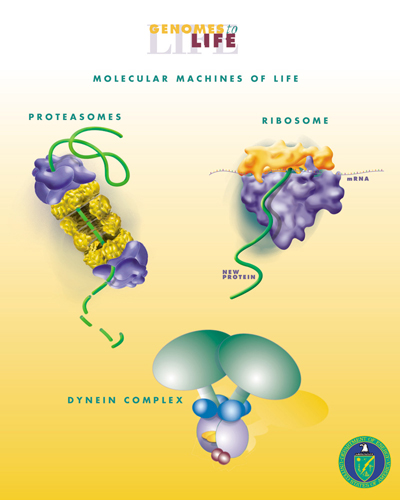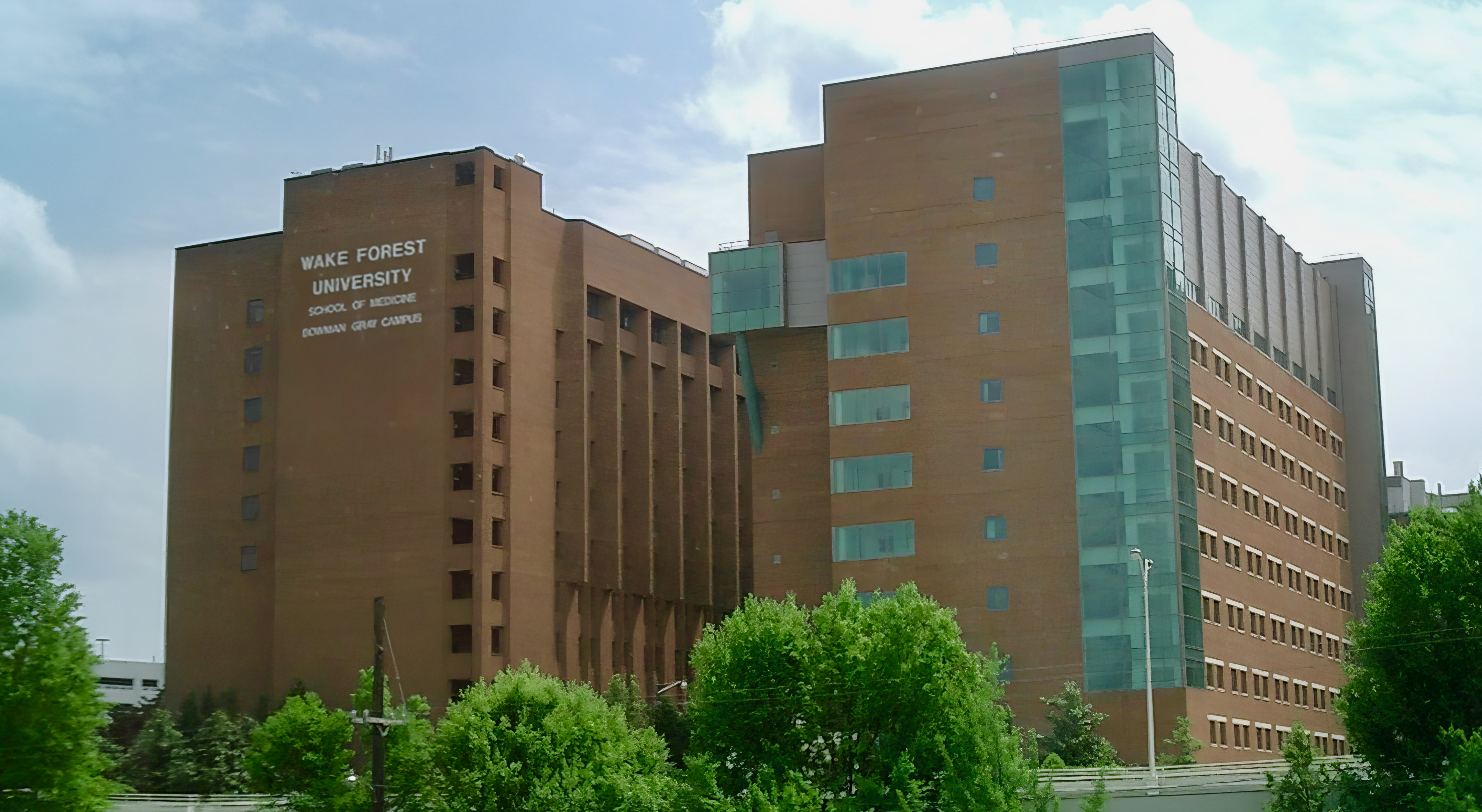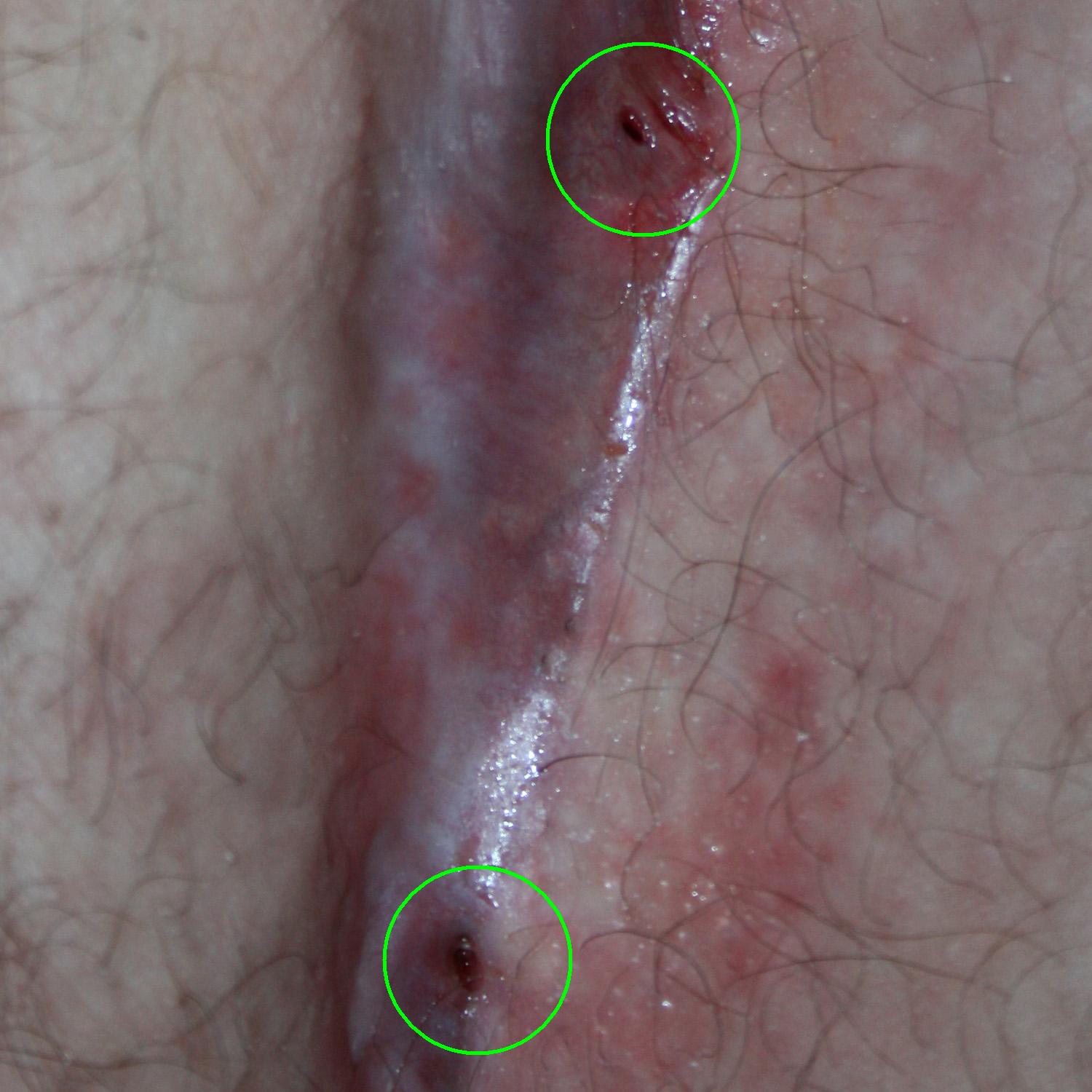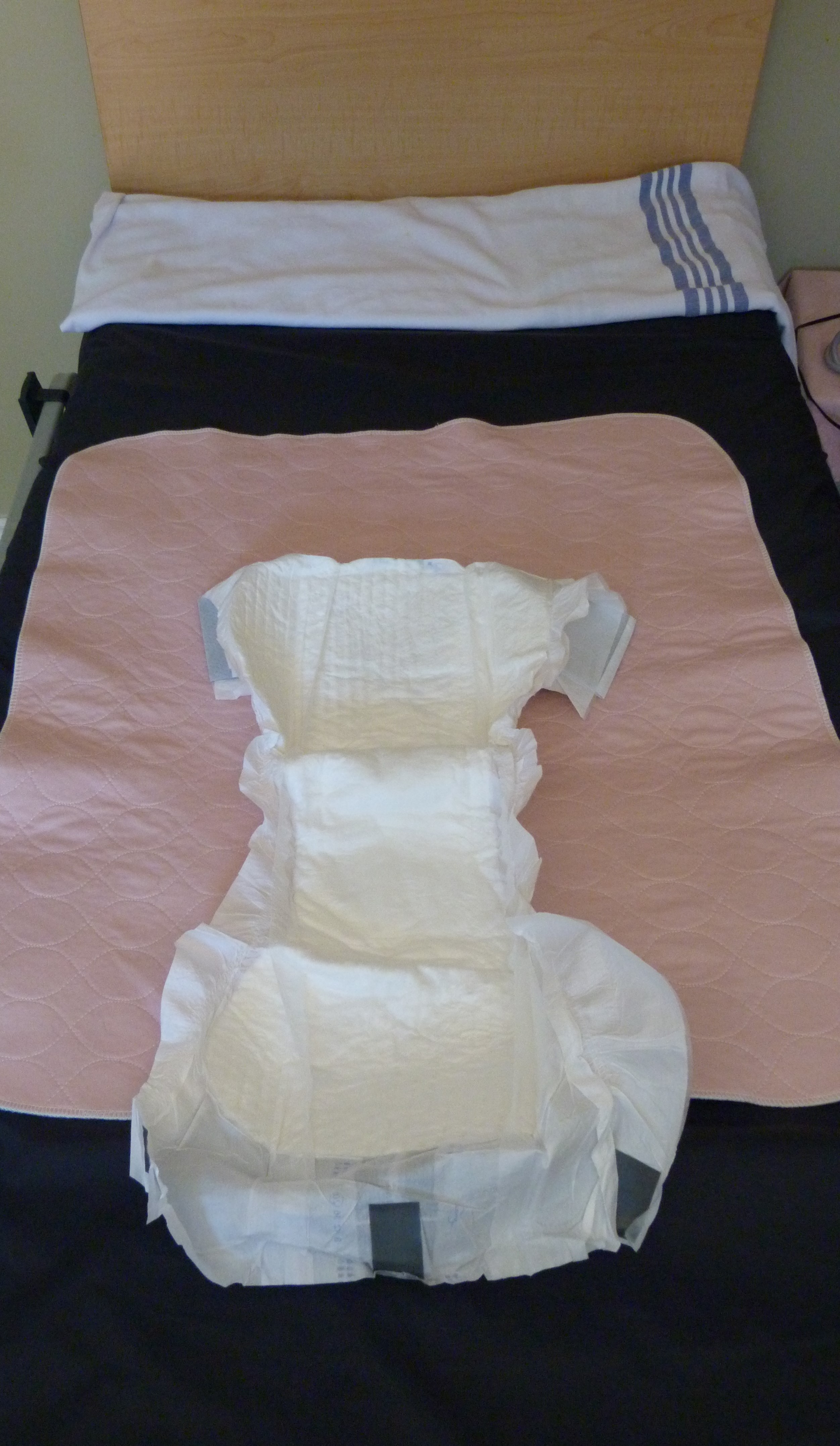|
Internal Anal Sphincter
The internal anal sphincter, IAS, or sphincter ani internus is a ring of smooth muscle that surrounds about 2.5–4.0 cm of the anal canal. It is about 5 mm thick, and is formed by an aggregation of the smooth (involuntary) circular muscle fibers of the rectum. The internal anal sphincter aids the sphincter ani externus to occlude the anal aperture and aids in the expulsion of the feces. Its action is entirely involuntary. It is normally in a state of continuous maximal contraction to prevent leakage of faeces or gases. Sympathetic stimulation stimulates and maintains the sphincter's contraction, and parasympathetic stimulation inhibits it. It becomes relaxed in response to distention of the rectal ampulla, requiring voluntary contraction of the puborectalis and external anal sphincter to maintain continence, and also contracts during the bulbospongiosus reflex. Structure The internal anal sphincter is the specialised thickened terminal portion of the inner circular ... [...More Info...] [...Related Items...] OR: [Wikipedia] [Google] [Baidu] |
Anal Canal
The anal canal is the part that connects the rectum to the anus, located below the level of the pelvic diaphragm. It is located within the anal triangle of the perineum, between the right and left ischioanal fossa. As the final functional segment of the bowel, it functions to regulate release of excrement by two muscular sphincter complexes. The anus is the aperture at the terminal portion of the anal canal. Structure In humans, the anal canal is approximately long, from the anorectal junction to the anus. It is directed downwards and backwards. It is surrounded by inner involuntary and outer voluntary sphincters which keep the lumen closed in the form of an anteroposterior slit. The canal is differentiated from the rectum by a transition along the internal surface from endodermal to skin-like ectodermal tissue. The anal canal is traditionally divided into two segments, upper and lower, separated by the pectinate line (also known as the dentate line): * upper zo ... [...More Info...] [...Related Items...] OR: [Wikipedia] [Google] [Baidu] |
External Anal Sphincter
The external anal sphincter (or sphincter ani externus) is an oval tube of skeletal muscle fibers. Distally, it is adherent to the skin surrounding the margin of the anus. It exhibits a resting state of tonical contraction and also contracts during the bulbospongiosus reflex. Anatomy The external anal sphincter is far more substantial than the internal anal sphincter. The proximal portion of external anal sphincter overlaps the internal anal sphincter (which terminates distally a little distance proximal to the anal orifice) superficially; where the two overlap, they are separated by the intervening conjoint longitudinal muscle. Structure Historically, the sphincter was described as consisting of three parts (deep, superficial, and subcutaneous). This is not supported by current anatomical knowledge. Some sources still describe it in two layers, deep (or proximal) and superficial (or distal or subcutaneous). Some of the muscles fibres decussate at the anterior midline and po ... [...More Info...] [...Related Items...] OR: [Wikipedia] [Google] [Baidu] |
Biological Engineering
Biological engineering or bioengineering is the application of principles of biology and the tools of engineering to create usable, tangible, economically viable products. Biological engineering employs knowledge and expertise from a number of pure and applied sciences, such as mass and heat transfer, kinetics, biocatalysts, biomechanics, bioinformatics, separation and purification processes, bioreactor design, surface science, fluid mechanics, thermodynamics, and polymer science. It is used in the design of medical devices, diagnostic equipment, biocompatible materials, renewable energy, ecological engineering, agricultural engineering, process engineering and catalysis, and other areas that improve the living standards of societies. Examples of bioengineering research include bacteria engineered to produce chemicals, new medical imaging technology, portable and rapid disease diagnostic devices, prosthetics, biopharmaceuticals, and tissue-engineered organs. Bio ... [...More Info...] [...Related Items...] OR: [Wikipedia] [Google] [Baidu] |
Wake Forest School Of Medicine
Wake Forest University School of Medicine is the medical school of Wake Forest University, with two campuses located in Winston-Salem, North Carolina and Charlotte, North Carolina, United States. It is affiliated with Atrium Health Wake Forest Baptist, the academic medical center whose clinical arm is Atrium Health Wake Forest Baptist. In 2021, ''U.S. News & World Report'' ranked Wake Forest School of Medicine 48th best for research in the nation and 80th best for primary care. The School of Medicine also ranks in the top third of U.S. medical schools in funding from the National Institutes of Health (NIH). Winston-Salem Campus History and background In 1902, the two-year Wake Forest College Medical School was founded on the college campus in Wake Forest, North Carolina. Thirteen students made up the charter medical class. Tuition was $37.50 per term; additional fees were charged for laboratories and student health care. The Southern Baptist denomination in 1919 began its fir ... [...More Info...] [...Related Items...] OR: [Wikipedia] [Google] [Baidu] |
Biological Functions Of Nitric Oxide
Biological functions of nitric oxide are roles that nitric oxide plays within biology. Nitric oxide (nitrogen monoxide) is a molecule and chemical compound with chemical formula of N O. In mammals including humans, nitric oxide is a signaling molecule involved in several physiological and pathological processes. It is a powerful vasodilator with a half-life of a few seconds in the blood. Standard pharmaceuticals such as nitroglycerine and amyl nitrite are precursors to nitric oxide. Low levels of nitric oxide production are typically due to ischemic damage in the liver. As a consequence of its importance in neuroscience, physiology, and immunology, nitric oxide was proclaimed " Molecule of the Year" in 1992. Research into its function led to the 1998 Nobel Prize for elucidating the role of nitric oxide as a cardiovascular signalling molecule. Sources of nitric oxide Nitric oxide biosynthesis Platelet-derived factors, shear stress, acetylcholine, and cytokines stimulate the pr ... [...More Info...] [...Related Items...] OR: [Wikipedia] [Google] [Baidu] |
Muscarinic Acetylcholine Receptor
Muscarinic acetylcholine receptors (mAChRs) are acetylcholine receptors that form G protein-coupled receptor, G protein-coupled receptor complexes in the cell membranes of certain neurons and other Cell (biology), cells. They play several roles, including acting as the main end-receptor stimulated by acetylcholine released from postganglionic fibers. They are mainly found in the parasympathetic nervous system, but also have a role in the sympathetic nervous system in the control of Sweat gland, sweat glands. Muscarinic receptors are so named because they are more sensitive to muscarine than to nicotine. Their counterparts are nicotinic acetylcholine receptors (nAChRs), receptor ion channels that are also important in the autonomic nervous system. Many drugs and other substances (for example pilocarpine and Hyoscine hydrobromide, scopolamine) manipulate these two distinct receptors by acting as selective agonists or receptor antagonist, antagonists. Function acetylcholine, Ac ... [...More Info...] [...Related Items...] OR: [Wikipedia] [Google] [Baidu] |
Alpha-2 Adrenergic Receptor
The alpha-2 (α2) adrenergic receptor (or adrenoceptor) is a G protein-coupled receptor (GPCR) associated with the Gi alpha subunit, Gi heterotrimeric G-protein. It consists of three highly homologous subtypes, including α2A-adrenergic, α2A-, α2B-adrenergic, α2B-, and α2C-adrenergic, α2C-adrenergic. Some species other than humans express a fourth α2D-adrenergic receptor as well. Catecholamines like norepinephrine (noradrenaline) and epinephrine (adrenaline) signal through the α2-adrenergic receptor in the central nervous system, central and peripheral nervous systems. Cellular localization The Alpha-2A adrenergic receptor, α2A adrenergic receptor is localised in the following central nervous system (CNS) structures: * Brainstem (especially the locus coeruleus as presynaptic & somatodendritic autoreceptor ) * Midbrain * Hypothalamus * Olfactory system * Hippocampus * Spinal cord * Cerebral cortex * Cerebellum * Septum Whereas the Alpha-2B adrenergic receptor, α2B adren ... [...More Info...] [...Related Items...] OR: [Wikipedia] [Google] [Baidu] |
Rectal Discharge
Rectal discharge is intermittent or continuous expression of liquid from the anus ( per rectum). Normal rectal mucus is needed for proper excretion of waste. Otherwise, this is closely related to types of fecal incontinence (e.g., fecal leakage) but the term rectal discharge does not necessarily imply degrees of incontinence. Types of fecal incontinence that produce a liquid leakage could be thought of as a type of rectal discharge. Types Different types of discharge are described. Generally "rectal discharge" refers to either a mucous or purulent discharge, but, depending upon what definition of rectal discharge is used, the following could be included: * Purulent rectal discharge * Mucous rectal discharge (mucorrhea) * Watery rectal discharge * Steatorrhoea ("fatty diarrhea" caused by excess fat in stools, or an oily anal leakage) * Keriorrhea (orange oily anal leakage caused by high levels of escolar and oilfish in the diet) * Rectal bleeding, melena and hematochezia * Fe ... [...More Info...] [...Related Items...] OR: [Wikipedia] [Google] [Baidu] |
Fecal Incontinence
Fecal incontinence (FI), or in some forms, encopresis, is a lack of control over defecation, leading to involuntary loss of bowel contents—including flatus (gas), liquid stool elements and mucus, or solid feces. FI is a sign or a symptom, not a diagnosis. Incontinence can result from different causes and might occur with either constipation or diarrhea. Continence is maintained by several interrelated factors, including the anal sampling mechanism, and incontinence usually results from a deficiency of multiple mechanisms. The most common causes are thought to be immediate or delayed damage from childbirth, complications from prior anorectal surgery (especially involving the anal sphincters or hemorrhoidal vascular cushions), altered bowel habits (e.g., caused by irritable bowel syndrome, Crohn's disease, ulcerative colitis, food intolerance, or constipation with overflow incontinence). Reported prevalence figures vary: an estimated 2.2% of community-dwelling adult ... [...More Info...] [...Related Items...] OR: [Wikipedia] [Google] [Baidu] |
Rectoanal Inhibitory Reflex
The rectoanal inhibitory reflex (RAIR), also known as the anal sampling mechanism, anal sampling reflex, rectosphincteric reflex, or anorectal sampling reflex, is a reflex characterized by a transient involuntary relaxation of the internal anal sphincter in response to distention of the rectum. The RAIR provides the upper anal canal with the ability to discriminate between flatus and fecal material. The ability of the rectum to discriminate between gaseous, liquid and solid contents is essential to the ability to voluntarily control defecation. The RAIR allows for voluntary flatulation to occur without also eliminating solid waste, irrespective of the presence of fecal material in the anal canal. Reflex arc The physiological basis for the RAIR is poorly understood, but it is thought to involve a coordinated response by the internal anal sphincter to rectal distention with recovery of anal pressure from the distal to the proximal sphincter. Mediated by the autonomic nervous syst ... [...More Info...] [...Related Items...] OR: [Wikipedia] [Google] [Baidu] |
Defecation
Defecation (or defaecation) follows digestion and is the necessary biological process by which organisms eliminate a solid, semisolid, or liquid metabolic waste, waste material known as feces (or faeces) from the digestive tract via the anus or cloaca. The act has a variety of names, ranging from the technical (e.g. bowel movement), to the common (like pooping or crapping), to the obscene (''Shit, shitting''), to the euphemistic ("doing number two", "dropping a deuce" or "taking a dump"), to the juvenile ("going poo-poo" or "making doo-doo"). The topic, usually avoided in polite company, forms the basis of scatological humor. human feces, Humans expel feces with a frequency varying from a few times daily to a few times weekly. Waves of muscle, muscular contraction (known as ''peristalsis'') in the walls of the colon (anatomy), colon move fecal matter through the digestive tract towards the rectum. Flatus may also be expulsed. Undigested food may also be expelled within the fec ... [...More Info...] [...Related Items...] OR: [Wikipedia] [Google] [Baidu] |






